Zeiss Milvus Distagon T* 18mm f/2.8 Review
Dustin Abbott
October 3rd, 2016
A Happy Medium?
In the midst of Zeiss’ second wave of Milvus lenses come an entirely new lens: the Zeiss Milvus Distagon T* 2.8/18mm. The Milvus 18mm replaces a classic Zeiss 18mm lens that had a maximum aperture of f/3.5 and wasn’t up to the exacting standards of the 15mm and 21mm Distagon lenses. This new Milvus lens slots between those lenses (the 15mm Distagon also has a new Milvus version in the second wave) and, on paper, creates a potential happy medium between them. The Milvus 15mm is an exceptional lens, but also a challenging one. 15mm can be a hard focal length for some to compose with, and it has a daunting front filter size (95mm), and is both large and expensive. The 21mm is smaller, cheaper, has a more reasonable 82mm front filter thread, but is also a bit less dramatically impressive in the angle of view. It also produced a weaker coma performance than the Distagon 15mm. Can the Milvus 18mm serve as a happy medium between the two?
It is smaller than them both, has a very common 77mm front filter thread, but has a price tag significantly higher than the 21mm (though still quite a bit cheaper than the 15mm). Does its optical performance warrant the price premium over the 21mm? Let’s jump into this review and find out.
Prefer to watch your reviews? Click the video below to watch my video review of the lens:
Check me out on: Google+: | Facebook: | Twitter: | Flickr: | 500px: | Sign Up for My Newsletter :
Design, Build, and Specifications
This is a beautiful lens. I remember reading Bryan Carnathan’s review of the Milvus Distagon 21mm and him making a statement that it was the world’s most beautiful lens. I haven’t personally used that lens (I had reviewed the Classic 21mm only a year previously), but I can see what he meant. The Milvus 18mm is a very similar looking (though slightly smaller) lens. It really is an exquisite looking lens. It has an almost “petal-shape” (with the hood attached) that looks somewhat like a shiny, metal flower opening. I had a lot of fun shooting pictures of this lens. Here’s a video where I show off some of those shots and take a close look at the build and design.
This is a highly desirable form factor. No Zeiss lens is light (and that is particularly true of the Milvus series) due to the heavily engineered build quality. The lens has that unique Zeiss density and feel of fine, heavy duty craftsmanship. It makes the lens feel special. It isn’t a light lens (1.59 lbs/721g), but the weight falls right into a comfortable zone for premium lenses. The length is likewise moderate at 3.66″/93mm (about the length of the new Tamron 45/85mm VC lenses). This is an easy lens to bring along; the Tamron 15-30 VC that I’m currently using for wide angle dwarfs it in both size and weight. While not tiny, the Milvus 18mm is moderately small and fits easily in a camera bag…even as a third or fourth lens to bring along. The extremely common 77mm front filter threads are obviously preferred over the slightly larger (and less common) 82mm of the Milvus 21mm and the far less common and far more expensive 95mm filter threads of the Milvus 15mm. I did some long exposure work with a fairly inexpensive ND1000 filter (Haida Pro) and got beautiful results.
The smallish relatively small 77mm filter thread also means that you could get away with using smaller, less expensive square filter systems for adding an ND grad, too.
The weather sealing on the Milvus lineup is well executed. That alone makes the Milvus lenses a worthy upgrade to some shooters. Your estimation of the importance of weather sealing probably depends on the typical environments where you shoot.
The Milvus 18mm is an internally focusing lens like the other Distagon wide angle lenses, and in typical Zeiss fashion focuses beautifully. The rubberized surface of the focus ring glides beautifully, with just the right amount of damping. The focus throw of the wide angle Milvus lenses isn’t as extreme as the normal and telephoto lenses; I estimate it at about 170 degrees.
The Canon (ZE) version that I tested used an electronically controlled aperture iris just like any other AF lens. As a result you change your aperture setting just like you would any other lens and can use the lens in all camera modes. The only difference is that you have to focus yourself. On Nikon versions (ZF), you have the option to use the included manual aperture ring or to set the aperture value in the camera. The neat trick for Nikon shooters is that you have the option to select a “declicked” mode where there is no fixed aperture stops and you can do aperture racking for video purposes. While the Canon version is very convenient, the lack of a manual aperture ring does make it less “future-proof”. I’m still using lenses 40+ years old adapted to my modern cameras. Manual focus and a manual aperture ring means that you can have full control over a lens that was designed for another system decades ago.
There are no switches on the barrel, just the focus ring and a distance window along with hyper focal markings (helpful, in this case). In practice wide angle manual focus lenses are both easier and harder to manually focus. They are easier in that when you learn where the approximate hyper focal distance is (the point when most everything is in focus) you can pretty much forget about focusing and just shoot. If you are using visual confirmation (like I often do with my 6D body + EG-S Focus Screen that I keep set up for MF lenses), the visual perception of distance from your subject created by the wide focal length makes it a bit harder to visually confirm focus. In real world shooting I would often use a lens like this stopped down anyway, but while reviewing a lens I often shoot it wide open more frequently to help determine its optical prowess. As a result I find that I have missed a few medium distance shots due to unfamiliarity with the lens. I suspect my keeper rate will improve as I become more familiar with the lens. With a wide angle manual focus lens you really need to learn to use hyper focal focus and that takes “muscle memory”; keep using the lens and your keeper rate improves.
I’ve noted that the lens is lovely, but part of what makes it so is the fact that the lens hood is actually a part of the design. On many lenses the hood looks like something tacked on after the engineers got done, but that’s not true of the Milvus series. The hood is an integral part of the design, and the lens flows and tapers into it. I’m very partial to this look. The hood (metal, of course, like everything else on a Zeiss lens) has some flocking inside and is both aesthetic and functional.
The lens has a robust weather sealing which includes not only the stylish Zeiss blue rubber gasket at the lens mount but also internal seals to keep dust and moisture from penetrating. I’ve gotten all the Milvus lenses I’ve reviewed (5, so far) wet without issue, though I never recommend that end users take unnecessary risks.
The lens design is functional, beautiful, and sturdy. I love it. Here’s another look or three at it.
Optical Performance
A few years ago the wide angle standard was considerably lower (particularly for those of us shooting Canon). The Distagon 15mm was a huge standout in terms of sharpness and contrast. Since that point a number of highly improved options have been released, including options from the first party (new Canon 16-35mm zooms), along with some excellent third party options from Tamron, Sigma, and Samyang/Rokinon. The end result is that the competition is much fiercer, particularly for a lens that commands a price tag higher than most all of the competition. To be blunt: I’m not as easily impressed by wide angle lens performance as I once was. Furthermore, a lens with a price tag north of $2000 ($2299 USD, in this case) opens itself up to additional scrutiny to determine if its performance warrants the price.
The lens has a more complex optical formula than the Classic Distagon 18mm, with 14 elements in 12 groups. It can focus down to right under 10″ (25cm), but the resulting 1:7.4 (under .14x) magnification is not particularly impressive.
Measured on it’s own, the lens has a number of significant strengths. It may be the best corrected wide angle lens for chromatic aberrations that I’ve yet seen. Even in the most challenging of situations I never saw any kind of CA. This was an extremely strong performance.
Flare resistance was also a strength. Contrast remains essentially perfect with the sun in the frame, and while the lens isn’t entirely ghost free, I found the ghosting to be both minimal and actually aesthetically pleasing. No big blobs of random color anywhere. This is very important to me, as the likelihood of the sun being in the frame with a wide angle lens is much higher than with a telephoto. With the sun in the frame and lens stopped down the lens produces a nice looking sunstar/sunburst while also retaining strong contrast. Ghosting artifacts are not really an issue, either. It gives a stronger performance here than its 15mm big brother.
Zeiss color is always a strength, and I’ve found that the images I’ve taken with the lens look great and process well. Distortion is also very mild, and I find little need for correction in real world usage. I shot in a staircase thinking about wedding photographers and noted that the challenging lines when shooting up a staircase to, say, a landing, were handled well.
There is one principle weakness for the lens, and that is a noticeably heavy vignette. The predecessor to this lens had an incredibly heavy vignette (over 4 stops in the extreme corners), and that vignette extended very far into the frame. This is a weak point for Zeiss wide angle lenses (and, in my experience, Zeiss lenses). The Distagon 15mm was even a bit worse. I don’t do chart testing, so I can’t say if the vignette is quite as bad, but it is definitely still a weak point optically. Vignette can be corrected for fairly easily in stills images, but this is going to be a real issue for video shooters.
While the Milvus 18mm sharp, it is not exceptionally so. Images have a nice, crisp amount of detail. I’ve been able to shoot with the lens on the new Canon 5D Mark IV and its fairly high 30.6MP of resolution with good results. There’s no question that my images taken with it look great, and in many ways it is more technically complete than the other two. I’ve done a far bit of comparing to my current wide angle lens of choice – the Tamron SP 15-30mm f/2.8 VC lens. I did a shootout of wide angle zooms (along with the Samyang/Rokinon 14mm f/2.8 prime) a couple of years ago and determined that the Tamron handily outperformed the Canon 16-35mm f/2.8L II while strongly competing with the newer Canon EF 16-35mm f/4L IS optically and giving a little wider perspective along with the larger f/2.8 aperture. It was also my favorite of the four lenses for astrophotography. It was the one that made it into my kit and I’ve gotten a lot of exceptional results with it. It’s not perfect, however. It is large and heavy, and the bulbous front element precludes the use of traditional filters in favor of much more expensive add on filter systems (I use the Fotodiox Pro WonderPana system myself). The bulbous front element also puts it at risk for some ghosting when the sun is in the right position, too.
The Tamron is almost exactly half the price of the Milvus 18mm, but because it is optically strong and since I can set it to 18mm and f/2.8 (and because I have it on hand!), it became my de facto competitor to throw into the ring with the Zeiss. I also did a single comparison with the Rokinon 12mm f/2 NCS mirrorless lens. On a Canon APS-C body (Canon EOS M3, in this case), the focal length equivalent is pretty similar 19mm, so it provides a fair comparison in many ways. The Rokinon is a true bargain at just a little over $300 USD.
In some ways the Milvus is my favorite of three to use. I like the form factor, and the lens focuses beautifully. Using filters is a breeze. Its full compliment of electronics means that it lacks all of the shooting/handling quirks of the Rokinon. The Tamron has autofocus, of course, and adds the image stabilizer, but it also doesn’t handle as nicely (zoom and focus rings aren’t incredibly smooth) and is a pretty bulky lens. You don’t just throw it in a bag and forget about it. But it is also very sharp, particularly in the middle of the focal length. How did the Milvus 18mm fair against this strong performer?
When I compared it directly in a controlled test with the inexpensive Rokinon 12mm f/2 NCS lens for APS-C mirrorless (on a EOS M3 body), I found that there was some give and take at varying apertures, but I could not in all honestly conclude that the Milvus lens was sharper, nor did it seem to have an edge in contrast despite having the advantage of the superior full frame sensor of the 5D Mark IV. The latter surprised me, as I’ve always found this a Zeiss strength. The Rokinon lens was sharper in the corners, although I did note a fair amount of green and purple fringing that simply don’t exist on the Milvus 18mm. This is certainly a Milvus strength; I didn’t find any CA in any of my images taken with the Milvus 18mm, and there isn’t even a profile to correct for it yet. I realize that in some ways the comparison to the Rokinon this isn’t an apples to apples comparison, and I noted in my review of the Rokinon 12mm that it punched way above its weight optically, but I’m a little disappointed that a lens that costs some six and half times more isn’t able to easily prove its sharpness superiority. The Milvus is on the left and the Rokinon on the right in this comparison.
How about the Tamron 15-30 VC? This is a direct comparison, as I could use the same camera body and identical settings. I did multiple comparisons at 18mm using 10x Live View, mirror lock-up, a two second timer, and with the same camera (a Canon 5D Mark IV). I’d encourage you to view the video review to see these result in an interactive fashion, though I’ll summarize here.
In this test I discovered that, once again, the Milvus didn’t stand out in the sharpness department. Center sharpness was similar, but the Tamron seemed to have an advantage towards the edge of the frame. The heavy vignette (it is noticeably heavier than the Tamron and requires near maximum manual settings in Lightroom to eliminate it) at wide apertures contributed to this, and the vignette caused the details to render a little more “murky” along the edges, though when I stopped the lens down (and vignette began to clear) I still noticed the Tamron rendering more crisply in the corners.
Once again the Zeiss exhibits less CA (this is a definite strength), and another odd/interesting pattern emerged as I stopped the lenses down. Wide open the Zeiss is brighter in the center of the frame, though the vignette (when uncorrected) detracts from that along the outer portion of the image. The Tamron has more even illumination across the frame. Besides that, however, the exposure values were reasonably close. When the lenses were stopped down, however, the Tamron needed more and more light in comparison to the Zeiss. By f/5.6 I had to manually reduce the light by over 1.5 stops on the Zeiss to equalize the histograms (the images were shot within 4 minutes of each other, so it wasn’t a significant change in ambient light).
The margin appeared even greater by f/8. Strange behavior, but there’s no question the Zeiss has superior light transmission. It’s a shame that the vignette is so heavy that it mars that performance without correction.
Stopping down helped reduce the vignette (though traces remain even by f/8 and beyond), but I still didn’t see any real advantage for the Zeiss in resolution or contrast at smaller apertures. This is not to say that there is anything wrong with the Zeiss; it’s just that the competition has caught up. It is my opinion that the 18mm resolves roughly on par with the 15mm and 21mm, which is to say excellent but no longer exceptional. I suspect that the newly announced Canon EF 16-35mm f/2.8L III may provide serious optical competition at an equal price.
Please note that this particular test does not mean that the Milvus 18mm is bad; far from it. I’ve been very pleased with the results that I’ve been able to produce with the lens (check out my image gallery for proof!), and those results have caused a lot of people to write to me anticipating my final review. The look of images captured with a Zeiss lens still have that “special something” that sets them apart, but at the same time one shouldn’t expect this lens to blow away the competition when it comes to raw resolution. A decision to purchase this lens should not be predicated on resolution superiority alone…because I cannot say that the lens is superior in resolution despite its other strengths.
I’ve noted in the last two years that there have been so many optically excellent lenses released that the difference between many of them in terms of raw resolution is so minimal that you really would be unable to see the difference in the field. There is a certain parity that has been achieved as existing optical advances have filtered down to less expensive lenses (and brands). Until the next big breakthrough in optical technology I think you will see a law of diminishing returns. I’ve had many people ask me if Lens A is sharper than Lens B, and I have told many of them that there isn’t enough of a difference to make their decision based on that. I challenge them to consider their own shooting needs and make their decision based on the features of a lens (autofocus consistency, build, does it have image stabilization, etc…) more than just saying, “How sharp is it?”
It’s always worthwhile to see some real world images. I recommend that you spend some time looking at the image samples in Lens Image Gallery here. Most of these are straight from camera and are representative of real world performance, which is arguably more instructive than chart testing.
Coma Performance
Coma performance is a key issue for wide angle lenses. This is from Wikipedia: “In optics (especially telescopes), the coma, or comatic aberration, in an optical system refers to aberration inherent to certain optical designs or due to imperfection in the lens or other components that results in off-axis point sources such as stars appearing distorted, appearing to have a tail (coma) like a comet.” This is a pretty huge consideration for a lens like this. This is an area where some of the standard zooms fall short (even otherwise excellent lenses like the Canon EF 16-35mm f/4L IS). A poor coma performance results in a night sky that looks distorted along the edges and lacks crisp definition in the stars. Photographers that are serious about astrophotography are often willing to absorb a little extra cost to get superlative performance, so this represents a key performance figure for Zeiss.
My favorite Zeiss to date for astrophotography has been the Distagon 15mm. It has a wonderfully wide field of view for this type of shot and has low comatic aberrations. It was the standard that I used to compare the 18mm too, though I’ve also done a direction comparison to the Tamron 15-30mm f/2.8 VC that I’m currently using for the purpose. There is some very good news on this front: I was actually surprised to find a better performance from the new Milvus 18mm than the Distagon 15mm. This isn’t to say that it is entirely free from coma; in the corners there are a few star points that become a little more wedge shaped. This is still a better performance than most, however, and the news gets better. The wider focal lengths like the Distagon 15mm or the Samyang/Rokinon 14mm f/2.8 can “stretch” some of the stars along the very edge of the frame. This is due to perspective distortion. The 18mm exhibits less perspective distortion and has fairly low native distortion and thus has a nice clean result right out to the edge of the frame. This is a very good lens for astrophotography.
I see only one issue that will negatively impact astrophotography use, and that is the heavy vignette already mentioned. This is correctable, obviously, but astrophotography is also often done at higher ISO settings so there is some risk of introducing noise or color banding in that correction.
Conclusions:
I have noted a trend with recent lens reviews (I’ve reviewed more than 40 lenses in the past two years); in many cases the playing field has leveled out. Third party lenses are no longer distant seconds; in most cases the lenses optical performance isn’t significantly different in raw resolution. They have varying strengths and weaknesses, and sometimes an optical edge here and there, but it is rare that a lens blows my mind like the first Otus lenses did. It is my feeling that it is this “law of diminishing returns” that has caused me to feel less enthusiastic than expected about the Milvus 18mm.
The actual optical flaws of lens are really limited to one – heavy vignette. This will impact video shooters more than stills photographers. The lens produces nicely detailed, visually rich images. It worked admirably for achieving my vision for each situation I put it in…including the very important area of astrophotography. What it didn’t do, however, was wow me with its exceptionalism in any particular area save the utter lack of chromatic aberrations. Perhaps I have become jaded with using so many incredible lenses in the past few years, but this one didn’t “blow me away” in the way that Zeiss lenses so often do. If I were to own and use the lens on a regular basis I have no doubt that I would love using it; it does all the things I like to do with a wide angle lens very well. But neither did it inspire in me a strong desire to acquire it. I think that boils down to the high price of entry; this lens doesn’t perform like a $2300 lens.
The Zeiss Milvus Distagon T* 2.8/18mm is a beautiful lens to look at and is a beautiful lens to use, but I’m afraid the high price (combined with being manual focus only) is going to limit its mainstream appeal. But this is familiar territory for Zeiss. They have managed to have a successful business model doing pretty much the opposite of what the rest of the market does. I just wish the results from the lens wowed me as much as the beauty of the lens itself.
Pros:
- Beautiful design and an exceptional build
- Well executed weather sealing
- Near perfect chromatic aberration control
- Strong flare resistance
- Relatively low distortion
- Uses reasonably sized, common 77mm filters
- Great focus ring that is beautiful damped
- Great size and form factor
- Very good coma performance
Cons:
- Manual focus only
- Too expensive
- Heavy vignette
- Not exceptionally sharp in the corners
Special thanks to Zeiss North America for providing me with a review sample of the lens for evaluation. They are great people!
Gear Used:
Canon EOS 5D Mark IV (5D4)
Canon EOS 6D DSLR Camera (Body Only)
Zeiss Milvus 2.8/18mm
Super Precision Matte Eg-S Interchangeable Focusing Screen
Adobe Lightroom CC Software for Mac and Windows (Boxed Version)
Adobe Photoshop Creative Cloud 1-Year Subscription
Alien Skin Exposure X (Use Code “dustinabbott” to get 10% anything and everything)
Purchasing your gear through B&H and these links helps fund this website and keeps the articles coming. Thank you for your support.
Great News! I can now offer a 5% discount on all purchases at Amplis Foto, Canada’s Leading Photographic Supplier. Please enter discount code: AMPLIS52016DA in your cart. It is good for everything in your cart, and is stackable with other coupons, too! It will take 5% off your entire order! Proceeds go towards keeping this site going and providing you with new reviews!
Check me out on:
Google+: | Facebook: | Twitter: | Flickr: | 500px: | Sign Up for My Newsletter :
DISCLAIMER: This article and description contains affiliate links, which means that if you click on one of the product links, I’ll receive a small commission. As an Amazon Associate I earn from qualifying purchases.









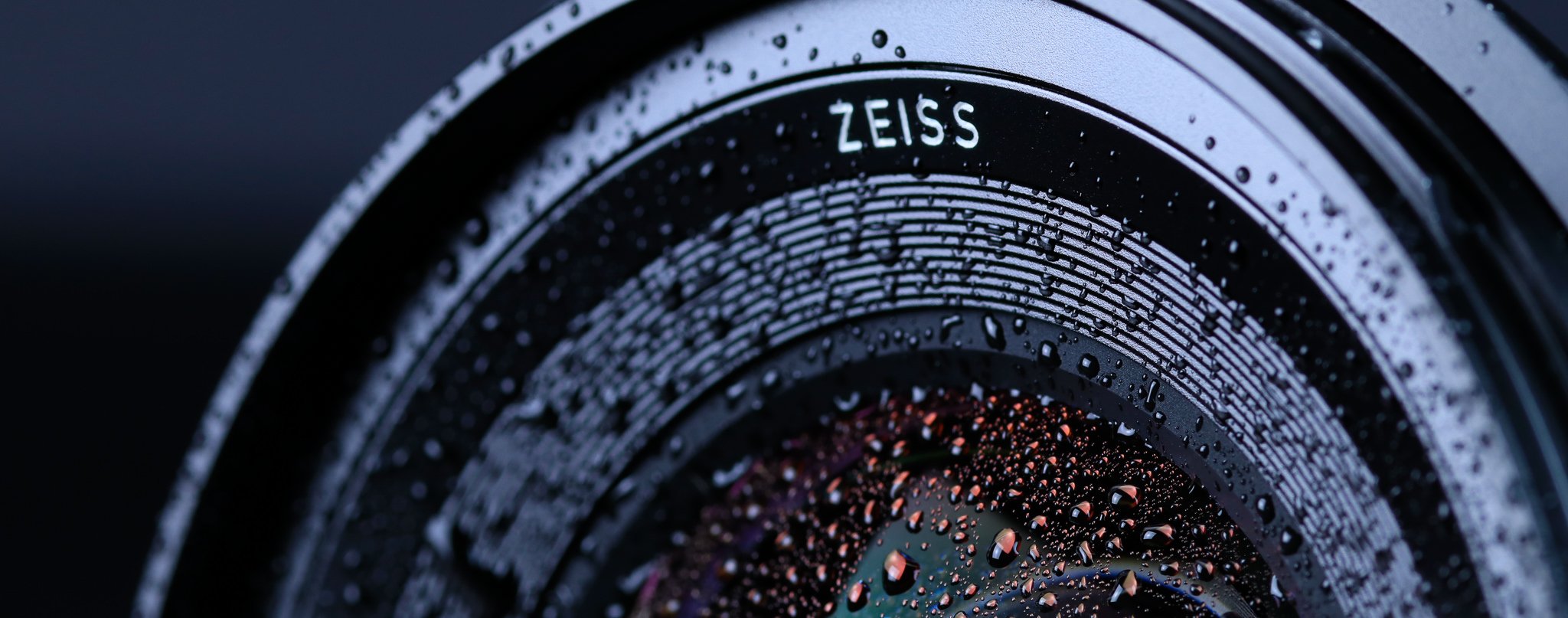

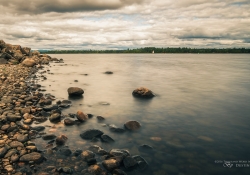
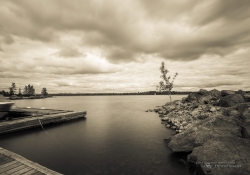

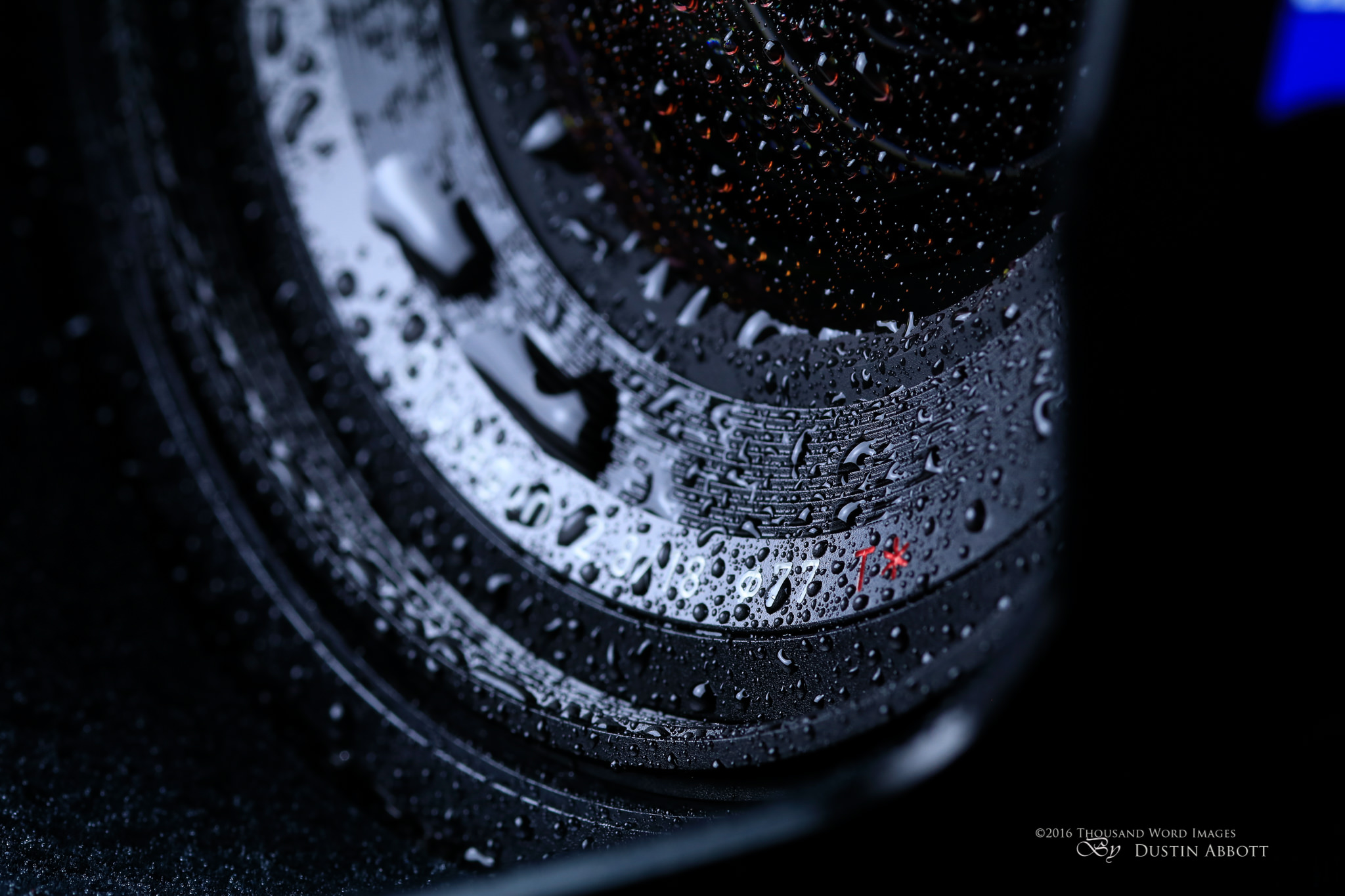
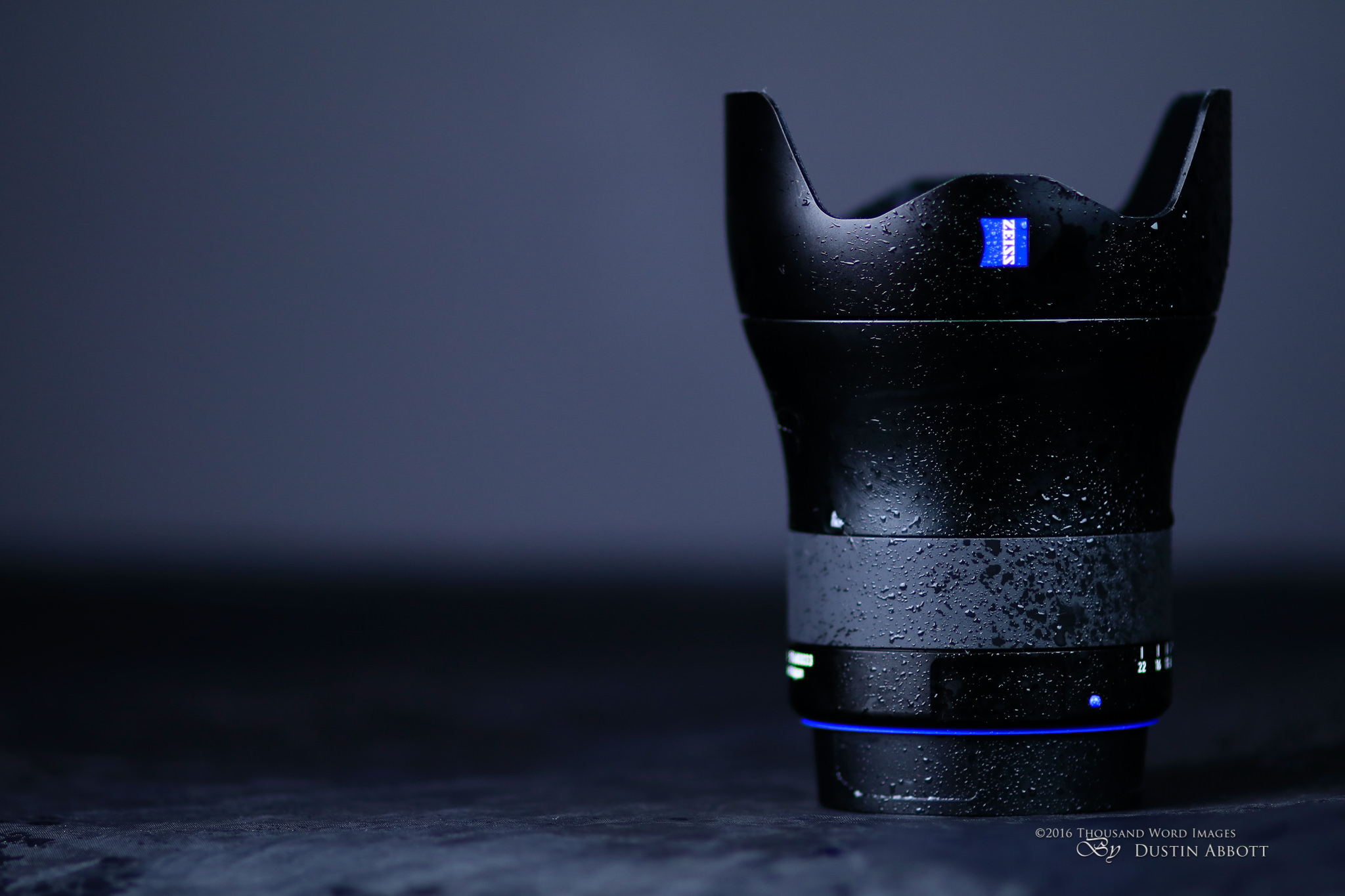

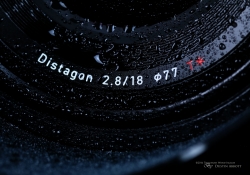
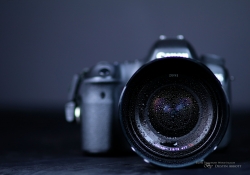
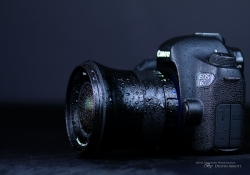
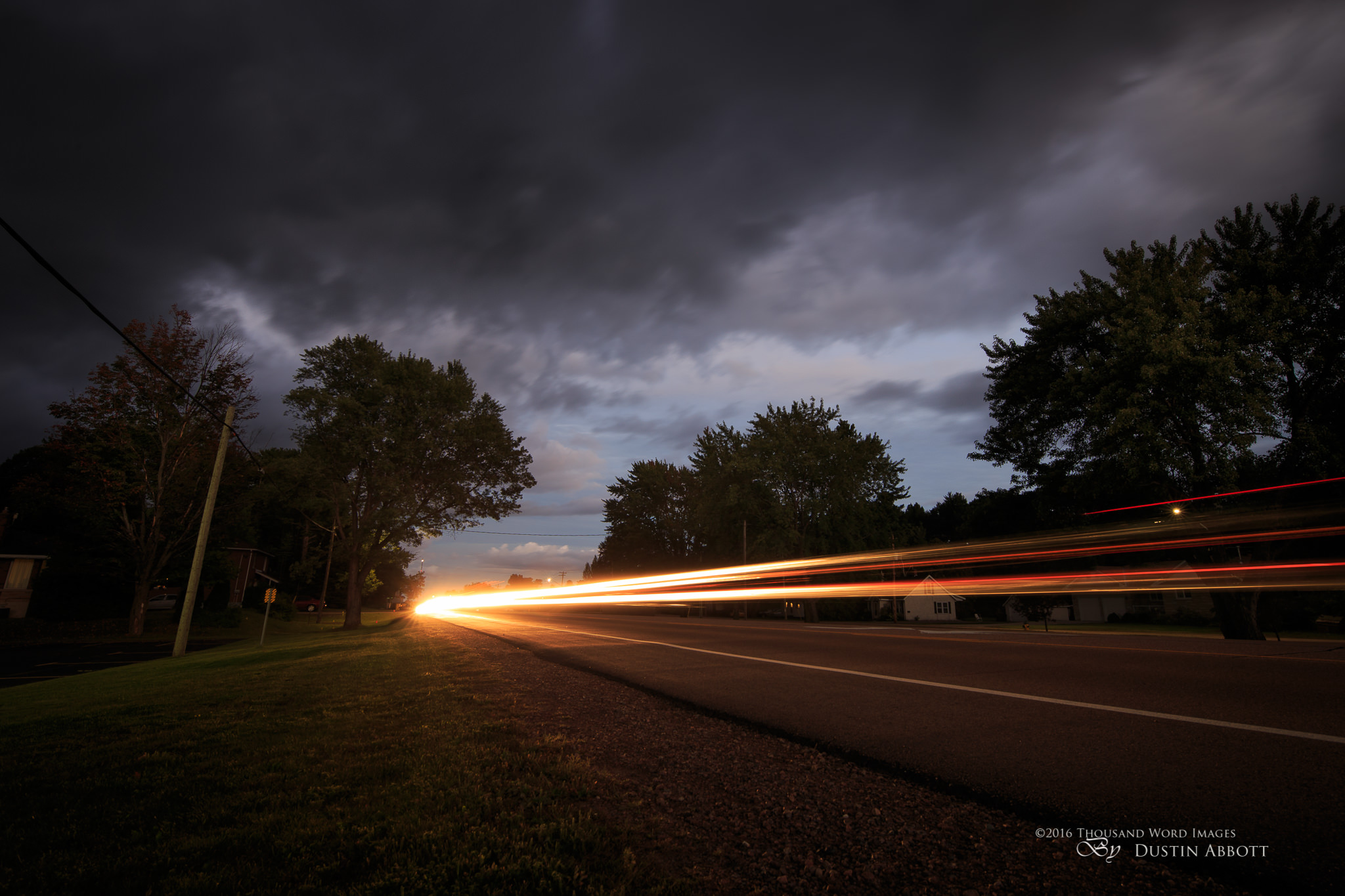


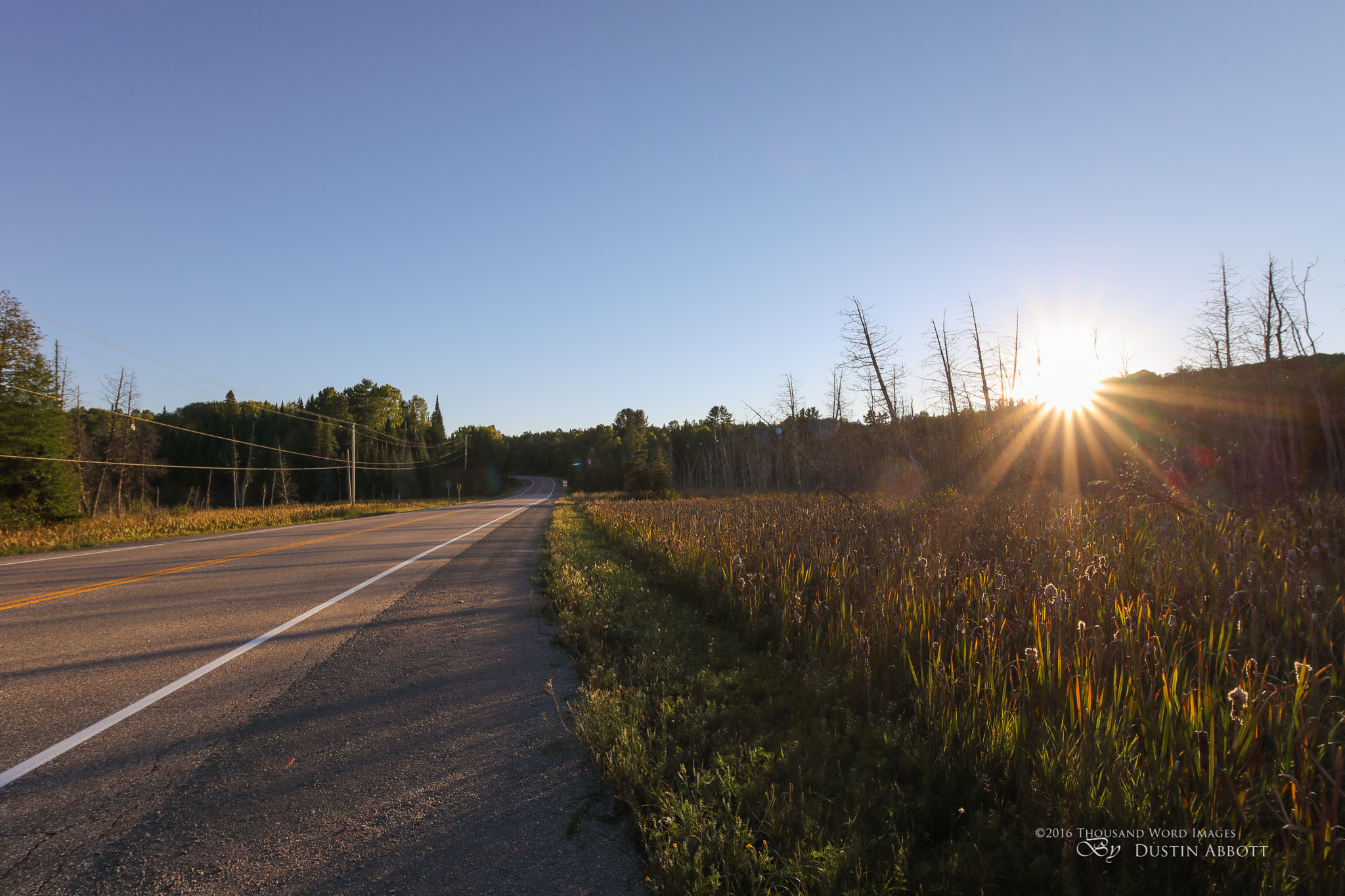
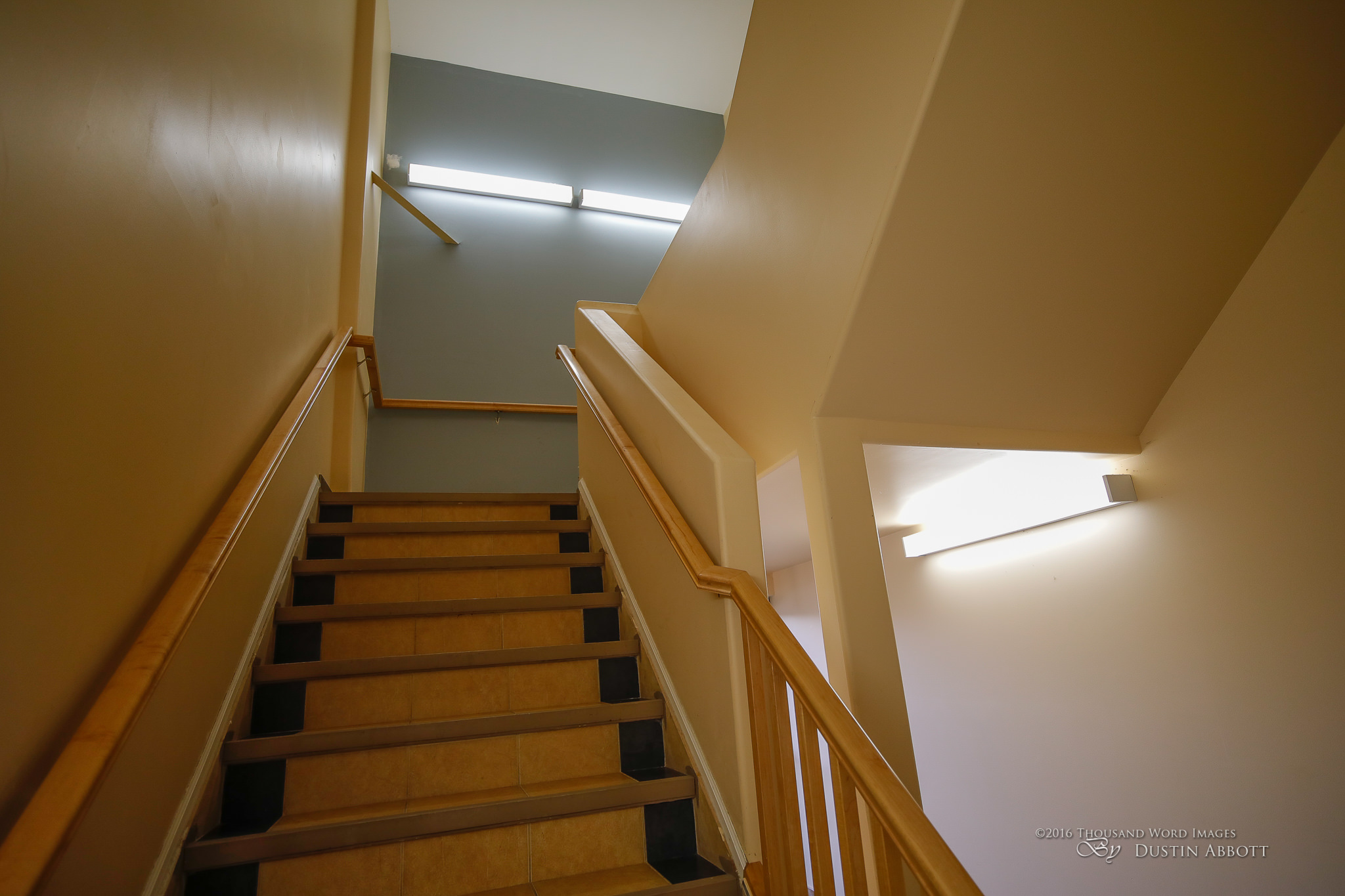

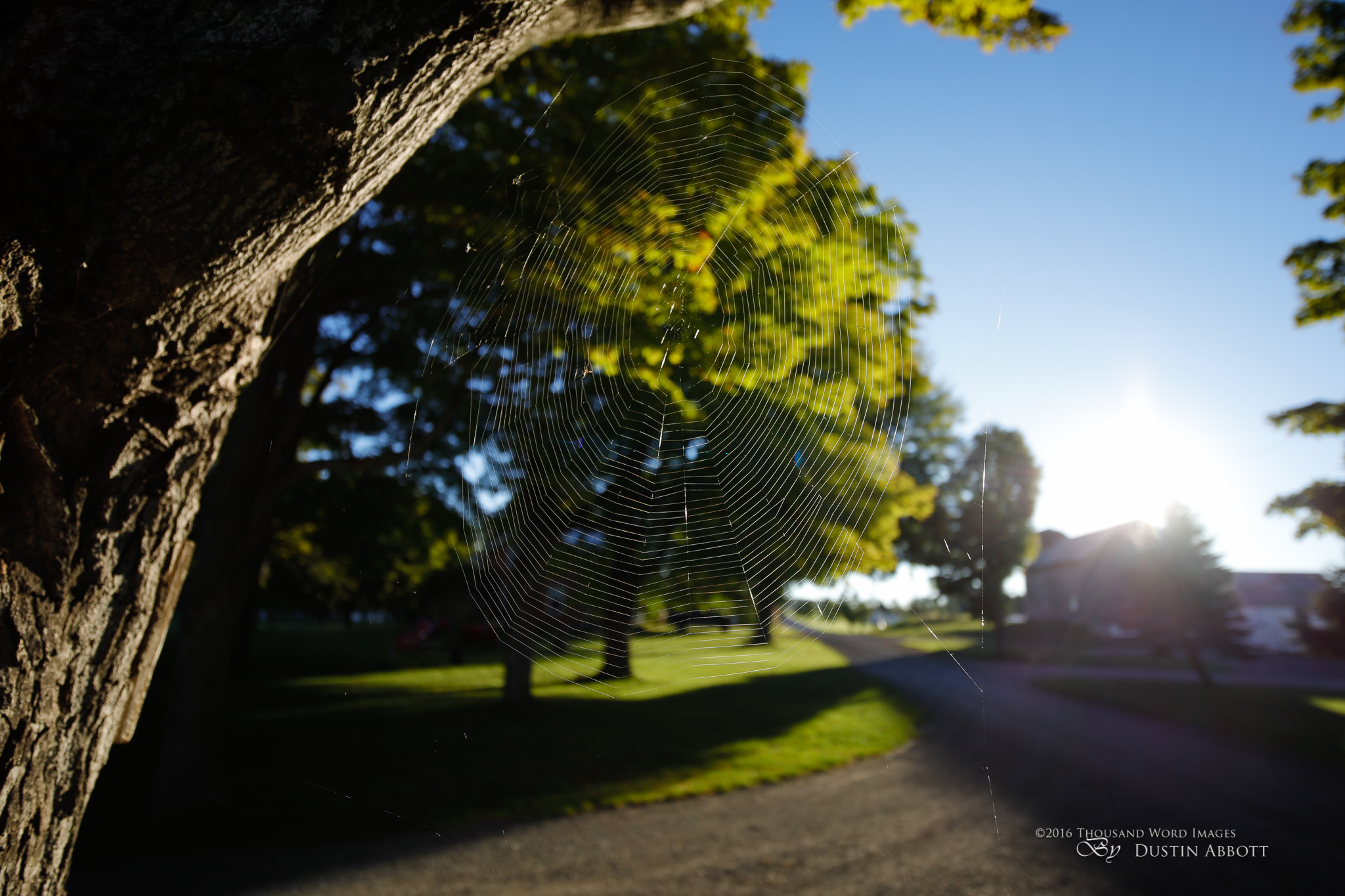


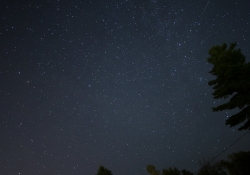
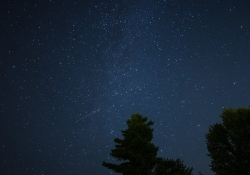


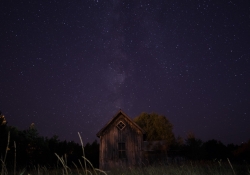
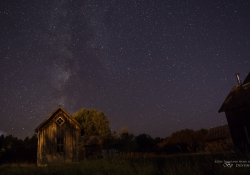
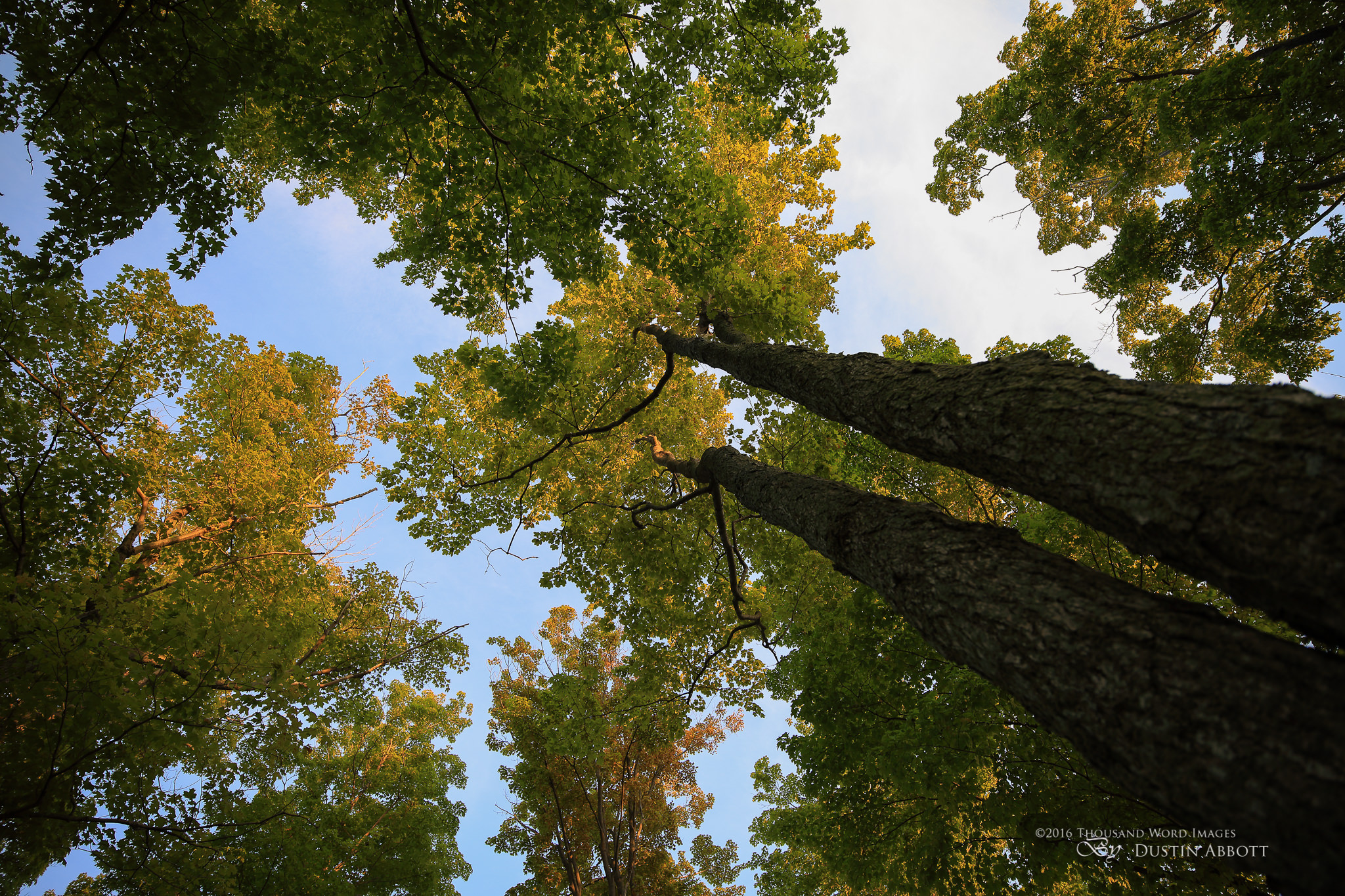

 Viltrox Pro AF 85mm F1.4 FE Gallery
Viltrox Pro AF 85mm F1.4 FE Gallery  Viltrox AF 85mm F1.4 PRO FE Review
Viltrox AF 85mm F1.4 PRO FE Review  Yongnuo YN 35mm F1.8 ART Gallery
Yongnuo YN 35mm F1.8 ART Gallery  Yongnuo YN 35mm F1.8 DA ART Review
Yongnuo YN 35mm F1.8 DA ART Review 


